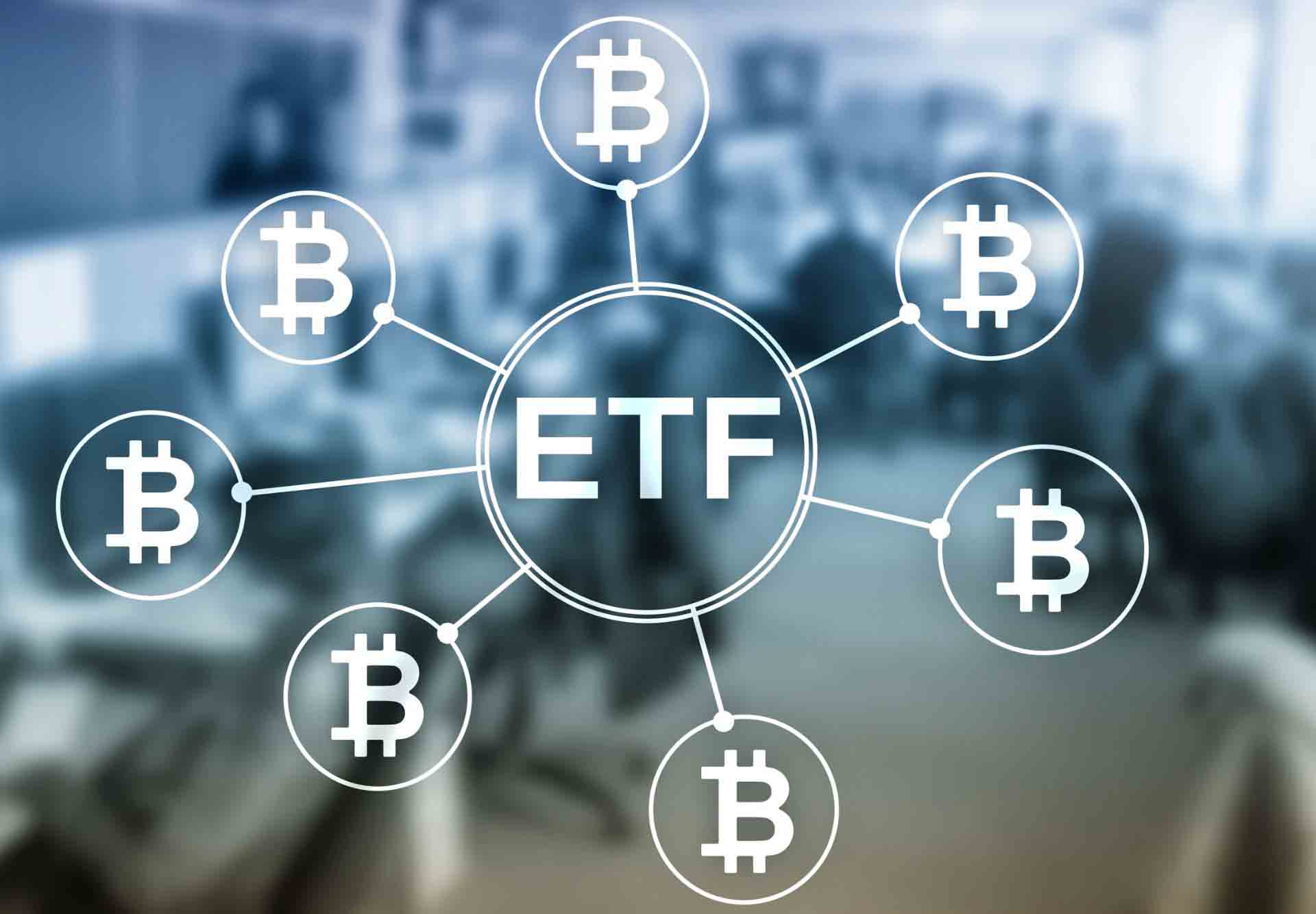A fresh wave of optimism, signified by seven institutional entities vying for a Bitcoin ETF in the U.S., has brought about a resurgence in Bitcoin prices. This list includes BlackRock, the world’s largest asset manager.
As the Bitcoin halving event, less than a year away, nears, several financial powerhouses have put forward applications for a Bitcoin exchange-traded fund (ETF). This surge of interest is reminiscent of the time preceding the 2020-2021 bull run.
In 2022, a prolonged crypto winter saw institutional interest dry up following the collapse of notable crypto giants like FTX. As regulatory scrutiny weighed heavy on various crypto exchanges, Bitcoin and numerous other cryptocurrencies largely traded sideways.
However, a resurgence in Bitcoin’s price, to over $30,000, came on the back of news that financial behemoths including BlackRock, Fidelity, Valkyrie, and others, had filed applications to list a spot Bitcoin ETF. This development reignited investment into the crypto market.
Although several institutions have previously filed spot Bitcoin ETF applications with the U.S. Securities and Exchange Commission (SEC), all have either withdrawn or faced outright rejection by the regulatory body.
The inaugural Bitcoin futures ETF, the ProShares Bitcoin Strategy ETF, was approved by the SEC in October 2021, and debuted on the New York Stock Exchange later that month.
However, a recent spot Bitcoin ETF application by asset management colossus BlackRock has bolstered the likelihood of the SEC greenlighting the first spot Bitcoin ETF. Bloomberg’s senior ETF analyst Eric Balchunas gives BlackRock a 50% chance of securing approval for its spot Bitcoin ETF.
This latest wave of ETF applications kicked off with BlackRock’s filing on June 16, with WisdomTree, Invesco, and Valkyrie following in the days and weeks after. ARK Invest amended its filing on June 28 to align with BlackRock’s. Fidelity Investments also lodged an application for a spot Bitcoin ETF the following day. All in all, seven institutional entities have now put forward applications for a spot Bitcoin ETF.
As the crypto sector braces for a crucial period in 2023-2024, some observers anticipate the approval of a spot Bitcoin ETF. Robert Quartly-Janeiro, chief strategy officer of crypto exchange Bitrue, argues that the timing is perfect. He explains that as we grapple with rampant inflation and high interest rates, crypto will need to perform in an economic climate where rates and inflation are major considerations.
Institutional Trust in Bitcoin Reawakens
Despite the tumult of 2022, Bitcoin has bounced back significantly, recouping over half of its bear market price decline. This recovery is largely attributable to the continued interest of institutional investors in the asset.
There is now a notably larger institutional presence in the crypto market compared to a year ago. Until 2022, many institutions maintained a safe distance, with even MicroStrategy halting its routine Bitcoin acquisitions.
However, many large funds and corporations have since warmed up to cryptocurrencies and are exploring their investment potential. Despite the market’s volatility, global institutions maintain a steady interest in digital currencies.
The Revival of Institutional Inflow Stirs Bull Run Hope
The 2020-2021 bull run was set off by institutional inflows, with corporations like MicroStrategy, Tesla, and others adding Bitcoin to their balance sheets. This contrasts with the 2017 bull run, which was fueled by retail interest.
Gracy Chen, managing director at crypto exchange Bitget, believes institutions will respond swiftly once they discern “stable and predictable retail interest.” With the next Bitcoin halving slated for April 2024, the increasing interest of institutional investors is viewed as a bullish sign for Bitcoin’s price and the broader crypto market. Historically, bull runs have begun in the lead-up to the Bitcoin halving event, a phenomenon that sees the BTC block reward halve every four years. This scarcity fuels a price surge as retail traders and institutional giants alike rush to bolster their Bitcoin portfolios.

